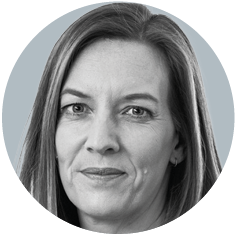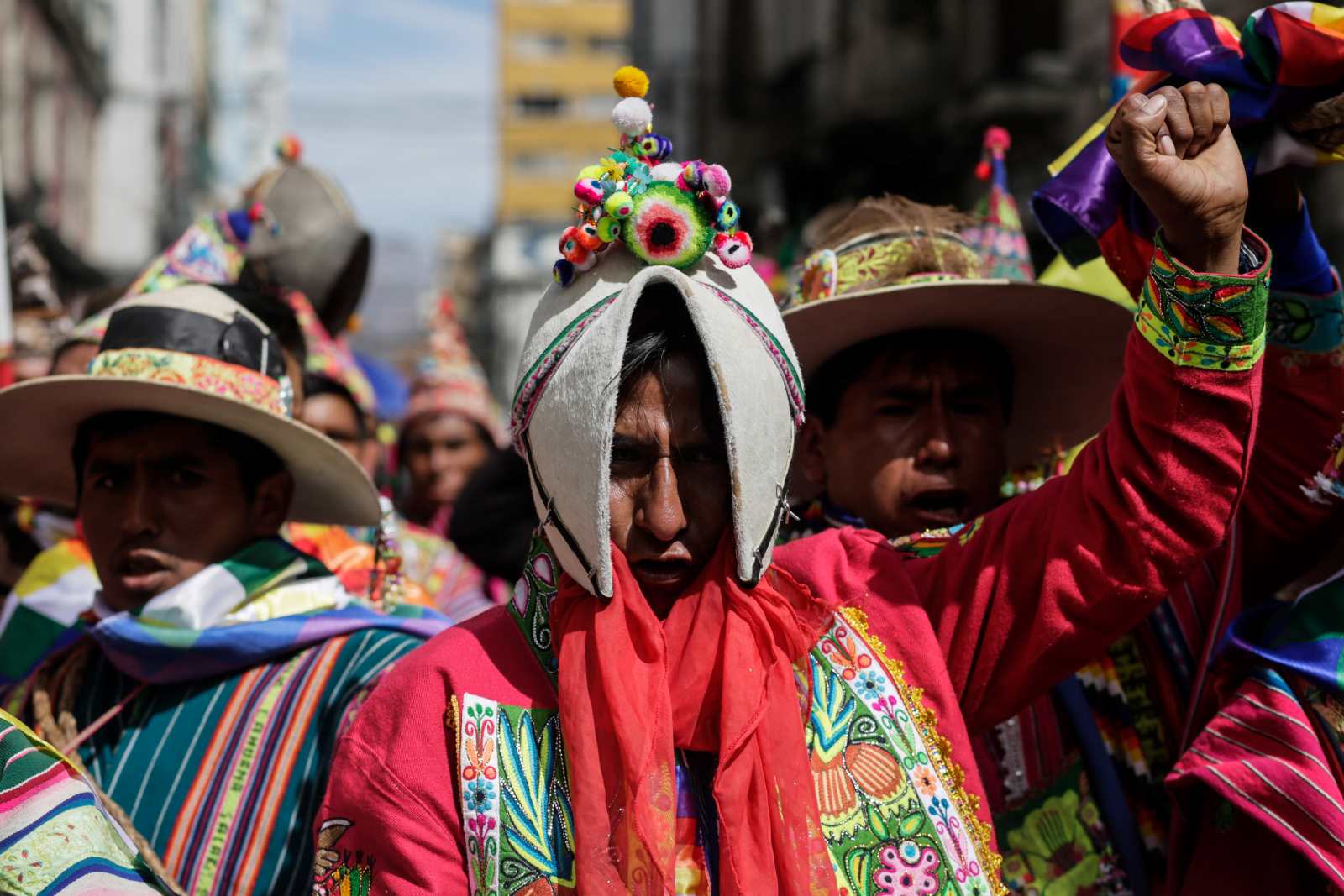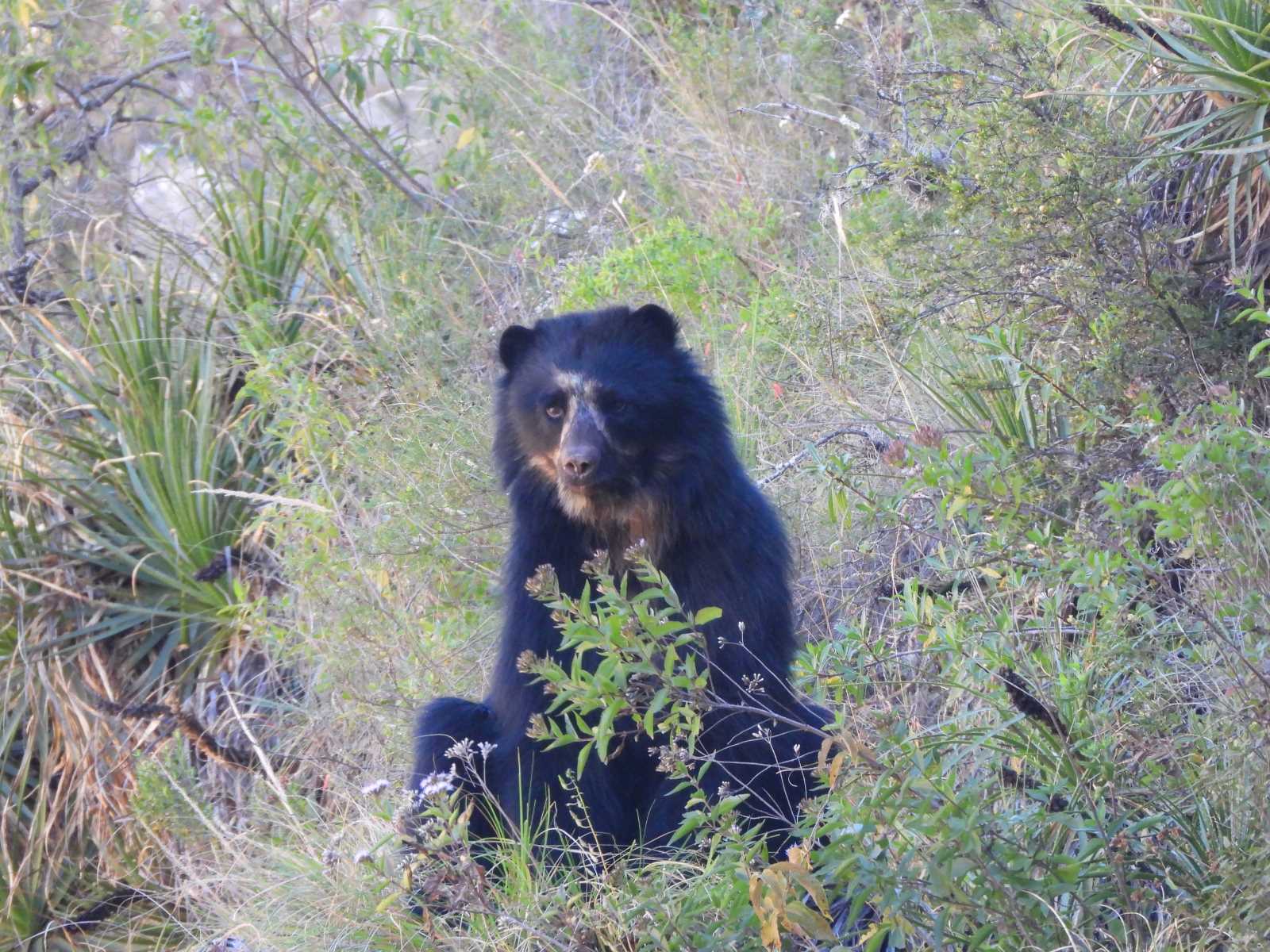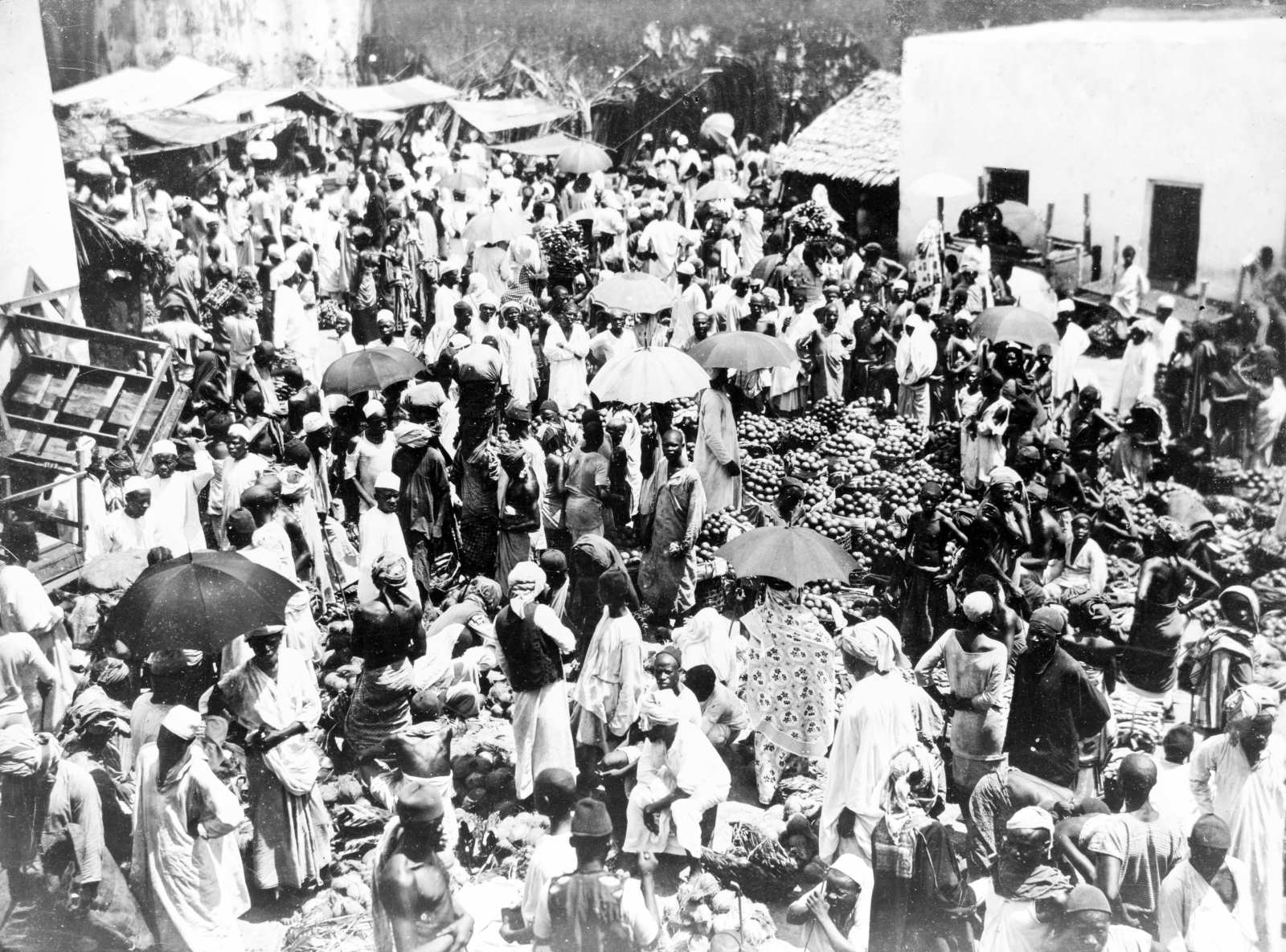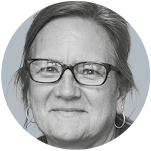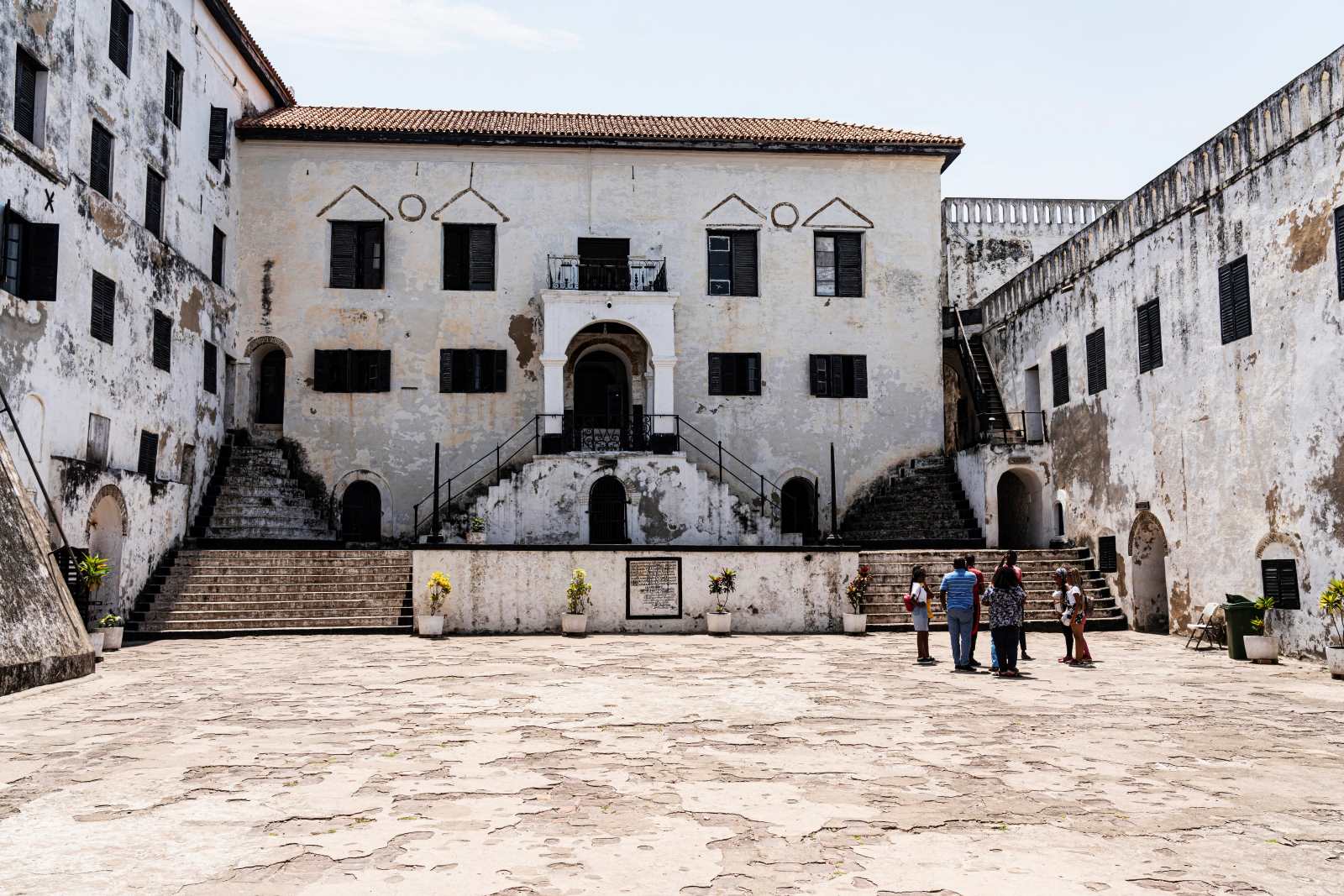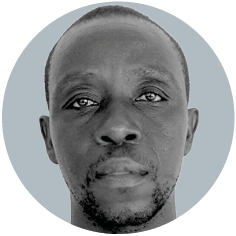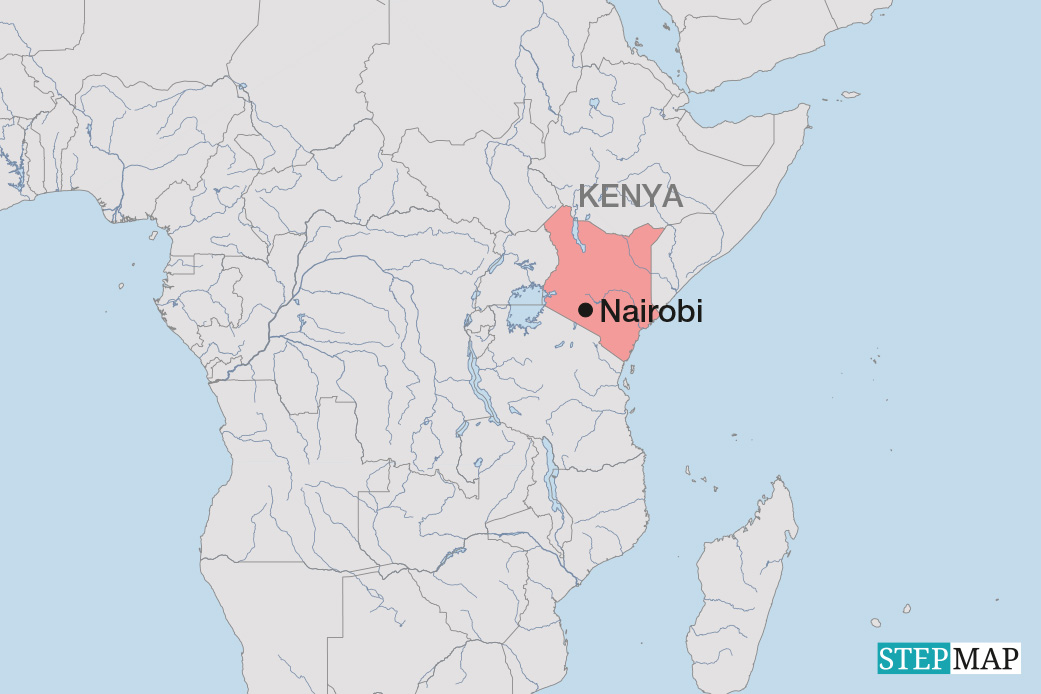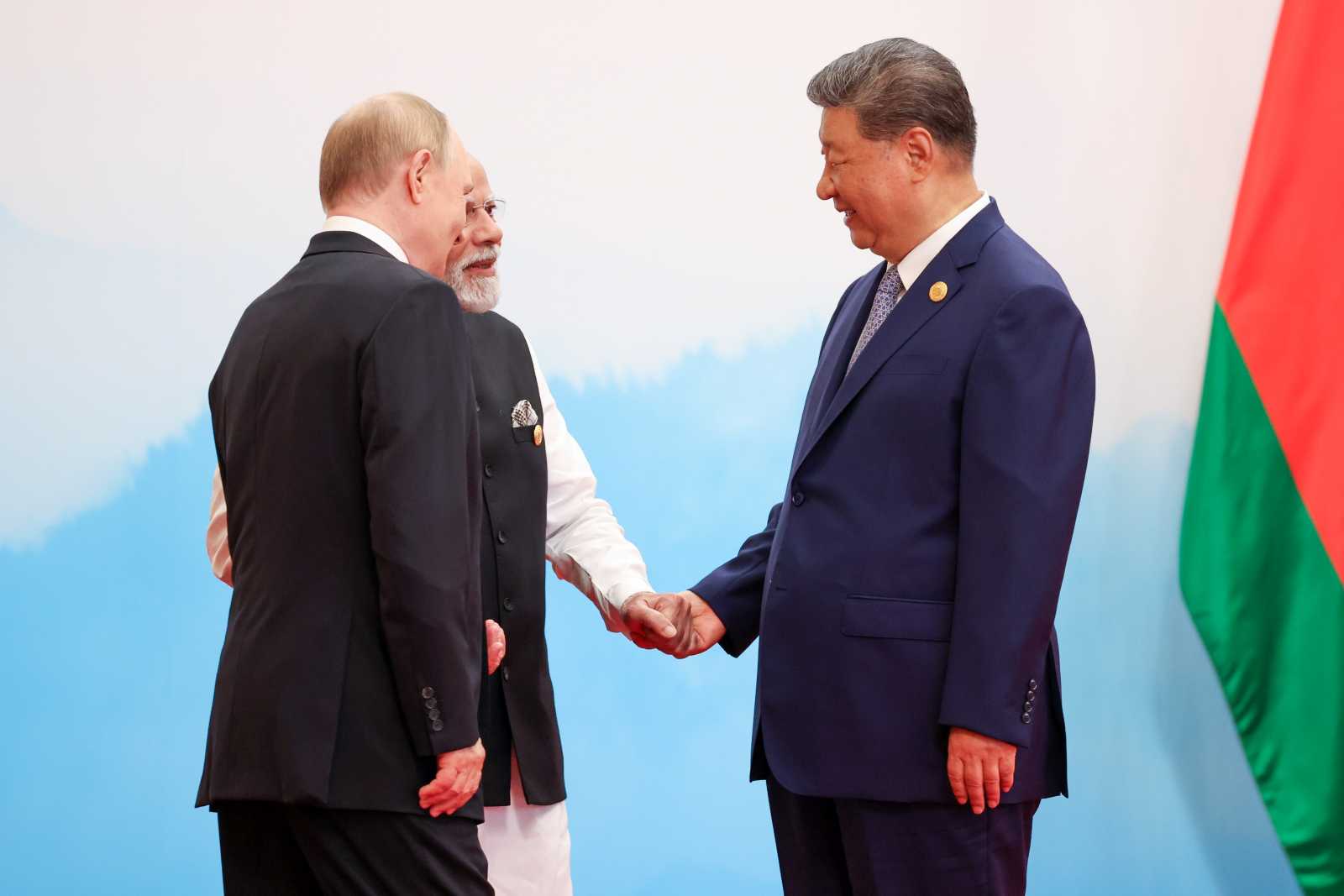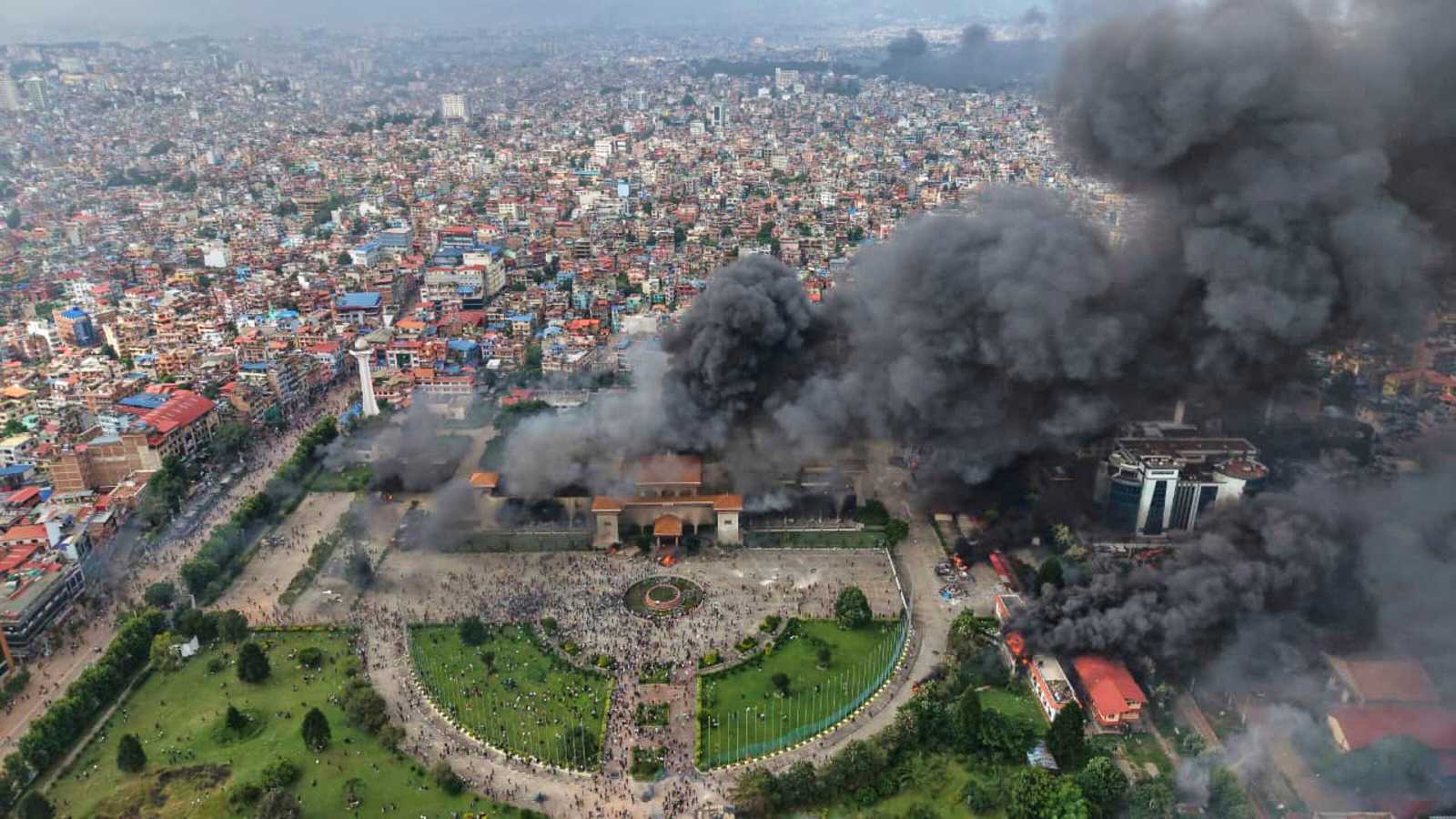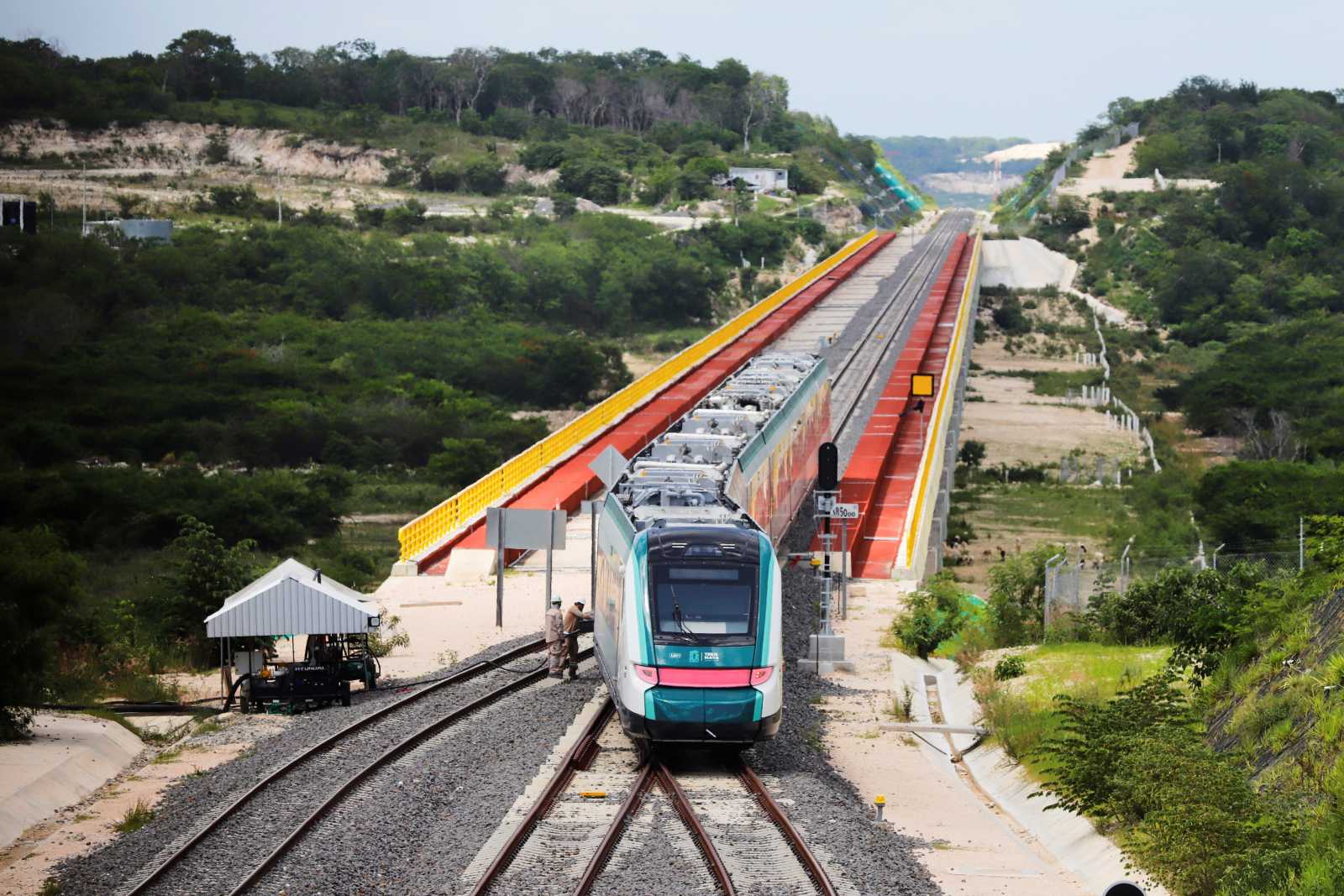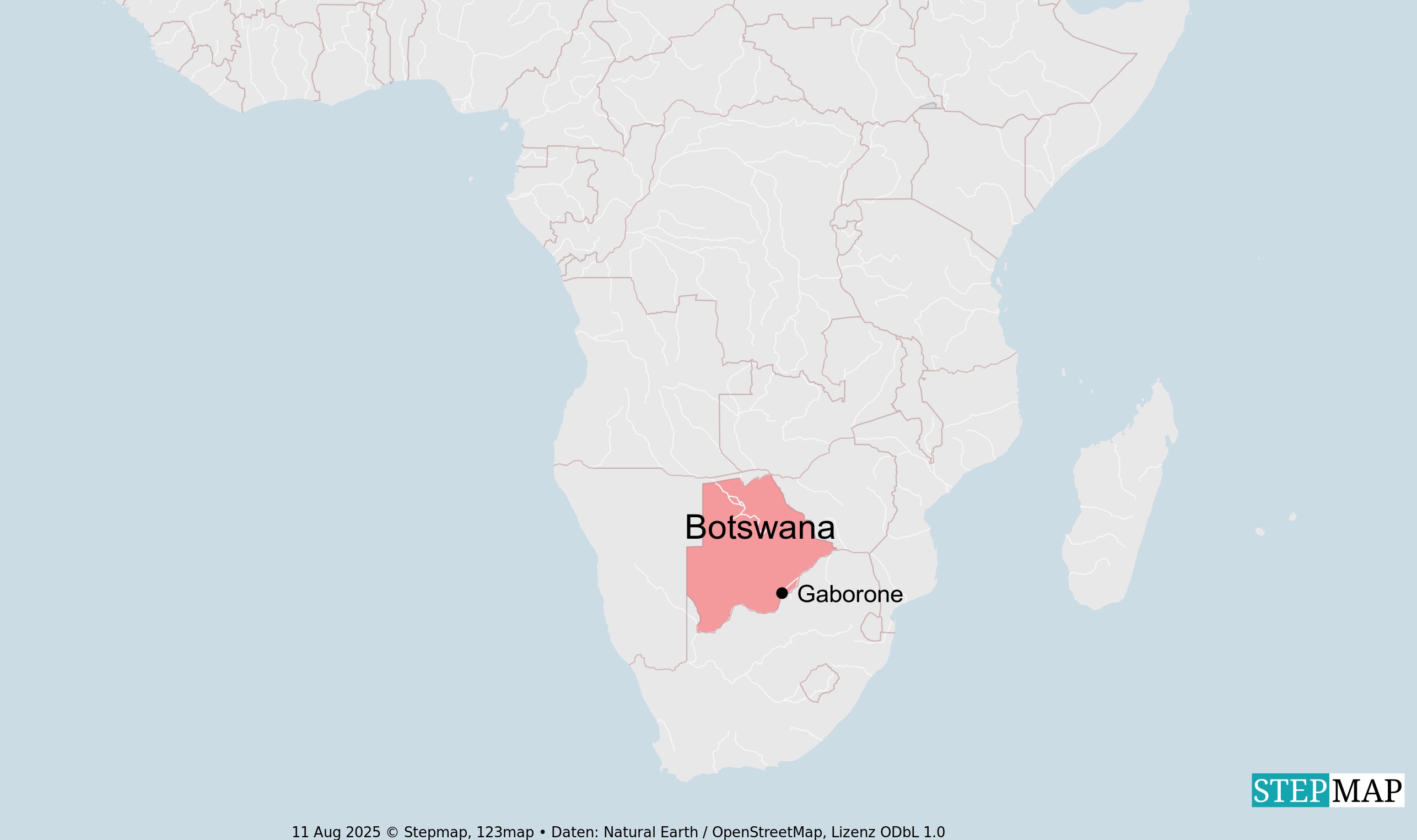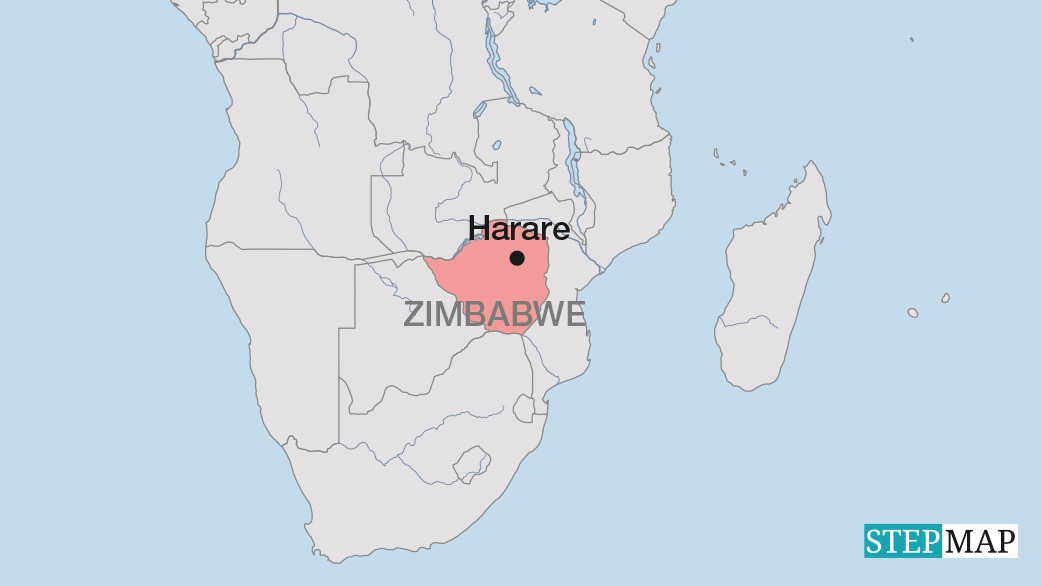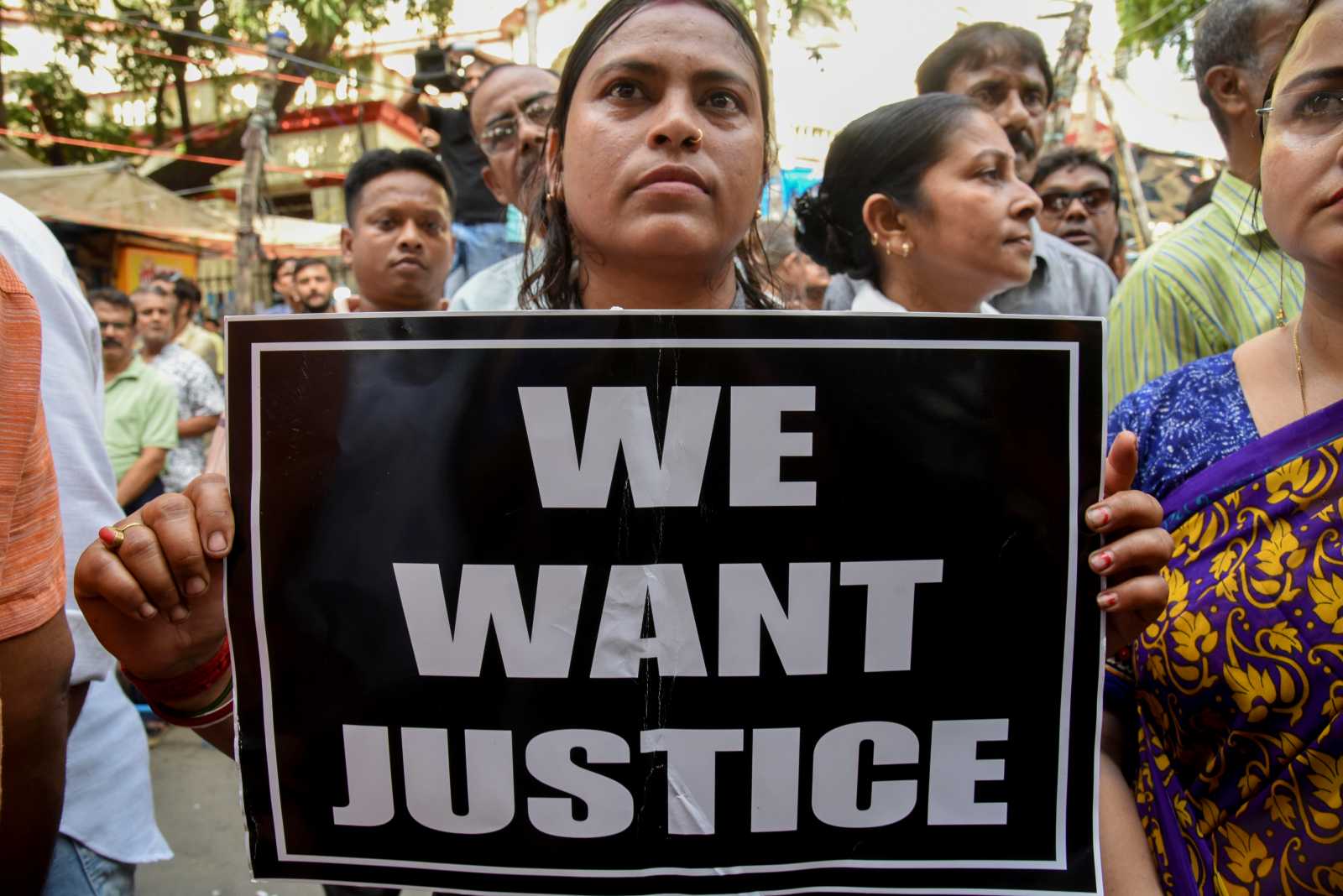Indigenous rights
Even in Bolivia, indigenous life is under threat from many sides
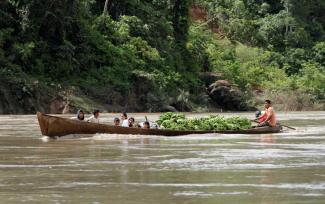
It takes three hours to travel by boat from Rurrenabaque, a small town on the Beni River in the Bolivian lowlands, to the village of Asunción de Quiquibey. The Beni River is the only transport route here – there are no roads and the villages along its banks can only be reached by river.
Bolivia may be especially famous for the Andes, yet that paints a misleading picture: nearly half of the country is covered by the “Amazonía”, as the tropical lowlands are known. The world’s largest rainforest region, the Amazon, begins directly behind the Andes, the Bolivian part accounting for 6.6 % of the total area of 6.7 million square kilometres. Asunción de Quiquibey is one of 23 villages in the Pilón Lajas region, which enjoys dual protection status: both as a UNESCO biosphere reserve and as an Indigenous territory recognised by the Bolivian state. Two Indigenous groups live together here: the Mosetén and the Tsimané, whose houses are built on stilts and scattered around the forest. The people live off the forest and river and engage in some subsistence farming. There’s no running water, electricity or mobile phone reception in this remote region. Cooking is done on wood fires in a large open communal kitchen. This is also where the village has its drinking water supply: the water is piped in from a source a few kilometres away.
Hardly any state benefits reach Pilón Lajas
Bolivia sees itself as a pioneer when it comes to the rights of Indigenous Peoples. In 2009, a new constitution was adopted under President Evo Morales, the country’s first Indigenous head of state. It recognises the culture and language of 36 different Indigenous groups and the rights of nature – Mother Earth. The same year, the country changed its official name to “Estado Plurinacional de Bolivia” – Plurinational State of Bolivia. The idea was for the new name to set the agenda.
Quite a lot has happened in the meantime: during Evo Morales’ term in office, extreme poverty was halved, income inequality reduced and public education and healthcare expanded.
If you talk to the residents of Asunción de Quiquibey, however, you quickly realise that the Mosetén and Tsimané feel pretty much abandoned by the Bolivian state. Of the 36 Indigenous Peoples recognised in Bolivia, 32 live in the Amazon region. Theoretically, they all have the right to education in their native tongues. Yet lessons at the school in Asunción de Quiquibey are taught – if at all – in Spanish. It will take a very long time for the state to train enough teachers to give lessons in all of the country’s languages, which incidentally are all recognised as official languages.
Another example is electricity. The state has declared its intention to supply all of its citizens with electricity. Where it is difficult or impossible to connect people to the national grid, the government has promised solar-based insular solutions. Yet so far, the people in Asunción de Quiquibey have been waiting in vain for solar panels to be provided for every house. State healthcare provision doesn’t reach this far, either: the only option for anyone who falls seriously ill is to take the boat to Rurrenabaque, as no rapid help is available in emergencies. One woman talks about domestic violence, another area where the state’s absence is clearly felt: there is no help from outside for such problems.
Thanks to its relative proximity to the city, however, Asunción de Quiquibey is actually quite well connected. Its inhabitants travel to the market in Rurrenabaque on Sundays to sell the products they grow, such as bananas, corn and yucca. Most of the other Indigenous villages in Pilón Lajas are considerably more remote, residents living an isolated existence and rarely leaving their villages. “The people there are much poorer and have far worse access to services,” says Alex Oscar Chad Lurizi from SERNAP (Servicio Nacional de Áreas Protegidas), the state authority responsible for the protected areas.
It’s unclear how long things can continue like this
“There are 28 of us families in the village,” says Lucía Canare, at 57 one of the oldest women in Asunción de Quiquibey. She has 12 children aged between 10 and 40. Four still live with her, but the older ones have left the village. Many young residents move away, to Rurrenabaque or La Paz for example, in search of work.
Lucía Canare explains that life there is peaceful, and what they grow themselves is enough. She says it’s unclear how long things can continue like this, however. The Indigenous people feel that their way of life is threatened – above all by things that are beyond their own control and which have to do with power and money. They lament the lack of support from the state.
One issue is gold mining. In the Bolivian Amazon, mercury is used to extract gold. But even though the gold mines are situated outside the protected area, at the Kaka River for example, four hours by boat from Asunción de Quiquibey, the mercury ends up there, nonetheless. People ingest it mainly by eating fish, one of the dietary staples of riverside dwellers. Studies show that people in the region have mercury levels in their organisms that are many times higher than that considered safe by the World Health Organization. As the body cannot break down this heavy metal, it simply accumulates. Among other things, it damages the central nervous system and can cause hair loss and blindness, as well as many other problems.
Scientists have also taken hair samples from the people in Asunción. The villagers are aware of their mercury levels and are scared of the long-term effects. And what does the state do? “There’s total silence,” says Chad Lurizi from SERNAP. The authorities have neither taken steps to combat the use of mercury nor dealt with the health consequences.
The other big fear relates to a gigantic infrastructural project that has long been planned but has yet to be implemented: the Bolivian state wants to build a huge hydroelectric power plant with two components on the Beni River and a total capacity of 3,676 megawatts. The plans for this project, dubbed “El Bala”, date back to the 1950s. It is thanks to the united resistance of the region’s Indigenous Peoples that it hasn’t gone ahead yet. State electricity supplier ENDE (Empresa Nacional de Electricidad) says that the much larger component, named “Chepete” and situated around 70 kilometres upriver from Rurrenabaque, will feature a dam 183 metres high. This would flood an area of 680 square kilometres, creating a reservoir that would be Bolivia’s second-largest lake after Lake Titicaca. “Bala”, the second component with a river power plant 13.5 kilometres from Rurrenabaque, would flood another 93 square kilometres, according to ENDE.
The hydroelectric plant poses an existential threat to the Indigenous Peoples. Their representatives claim that more than 5,000 people from six Indigenous groups would lose their homes and their livelihoods. This would include the inhabitants of Asunción de Quiquibey, which is situated in the area to be flooded. And where are they supposed to go? The fear is that this would mean the end of their people, who would be gradually stripped of their lands. There is still some hope that “El Bala” will never be built.
Threats on all sides
The natural resources to be found in Pilón Lajas, such as gold and natural gas, are another cause for concern for local inhabitants. “Not only people from Bolivia but also foreign companies from countries such as Venezuela and China have applied for permission to exploit them,” says Clever Clemente Caimany from Asunción de Quiquibey. He’s a member of the Consejo Regional Tsimane Moseten (CRTM) Pilón Lajas, a regional council that fights to preserve biodiversity and protect the rights of the native inhabitants in the area.
Land grabbing is another threat. People from other regions of Bolivia move to the lowlands and clear the forests there to gain arable land. And they don’t leave the protected areas unscathed, either. The government of the Movimiento al Socialismo (MAS) – which will be in office until the beginning of November 2025 – often turns a blind eye to such activities: though it styles itself as the advocate of the Indigenous Peoples, these also include the inhabitants of the Andes who are migrating to the Amazon region. And they have to make a living for themselves somehow if the mines no longer offer any work, water sources have dried up or been polluted, and farming – which was always difficult there – is hardly able to ensure their survival anymore. So, the Indigenous Peoples from the highlands take land away from the Indigenous Peoples in the lowlands.
The latter believe that it is obvious which group is preferred: whenever politicians talk about the rights of Bolivia’s native inhabitants, they say it’s the people from the Andes who are always meant – the Quechua and Aymara who constitute the overwhelming majority. It’s not the small Indigenous groups in the Amazon region, who see themselves being at risk of dying out.
Katja Dombrowski is a journalist specialising in global development and a former member of the editorial team of D+C. She worked for the World Peace Service (WFD) in Bolivia from August 2022 until January 2025. She researched this article as part of her work there.
kd@katja-dombrowski.info
